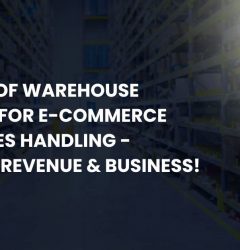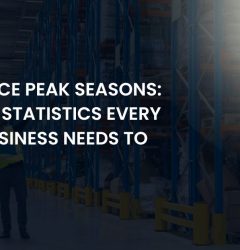25 Apr
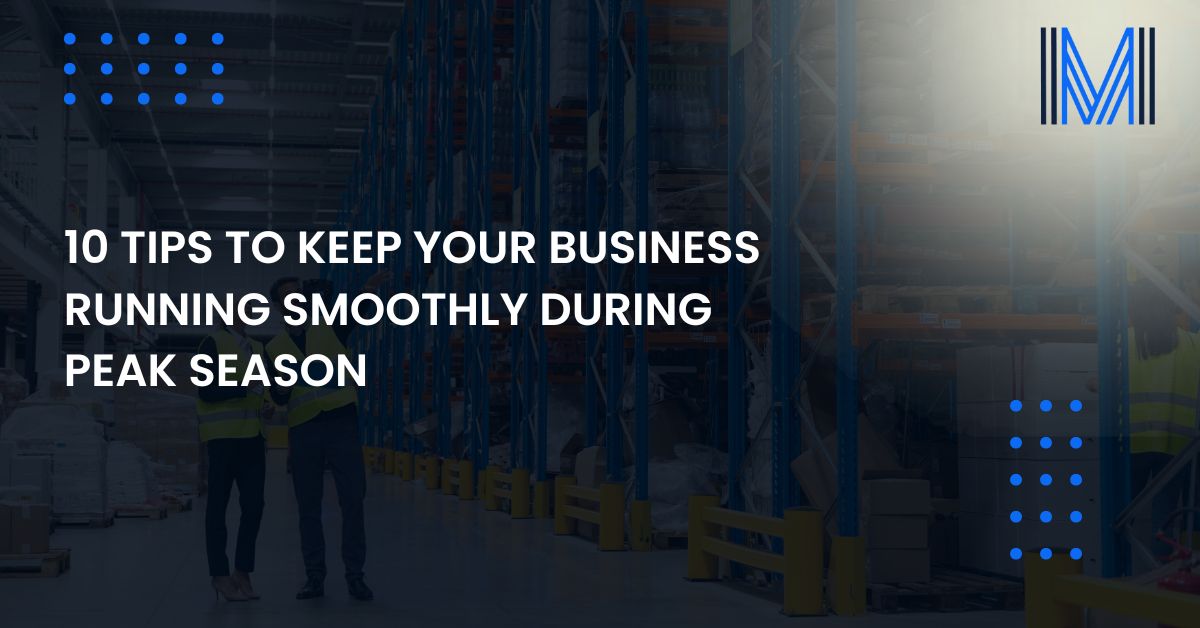
The peak season is not just another sales window—it is the most critical period of the year for ecommerce businesses. Whether it is Black Friday, the holiday rush, or a seasonal sale cycle, customer expectations are sky-high and competition is fierce.
For brands that plan well, it is a chance to drive explosive growth, win loyal customers, and maximize profits. But for those who are unprepared, it can quickly spiral into missed orders, negative reviews, and revenue loss.
This guide offers 10 powerful and practical strategies—from inventory management to marketing to fulfillment—to help you not only survive the peak season but thrive. These are battle-tested ecommerce peak season tips backed by industry data and optimized for today’s fast-paced consumer demands.
Let us dive in.
1. Start Training Early To Prevent Chaos Later
Your team needs clear guidance well before peak demand hits. Run staff briefings to align everyone with performance goals, operational changes, and escalation protocols.
Tools to try:
- Trainual for scalable training templates
- Slack for real-time updates
Pre-trained teams reduce seasonal error rates by up to 30%
2. Boost Conversions with a Sharp Marketing Strategy
Set up multichannel campaigns that generate anticipation—early-bird deals, exclusive bundles, and influencer partnerships can go a long way.
Use:
- Klaviyo for email flows
- Meta Ads for targeted promotions
Campaigns launched 30+ days before peak season generate 25–35% more sales
3. Streamline Operations to Avoid Fulfillment Bottlenecks
Ensure your warehouse or fulfillment system can handle the volume. Streamlined pick-pack-ship processes and synced inventory data are critical.
Recommended:
- ShipBob for DTC fulfillment
- Cin7 or Zoho Inventory for stock management
60% of ecommerce brands face shipment delays due to internal disorganization
4. Avoid Stockouts by Forecasting and Prepping Inventory
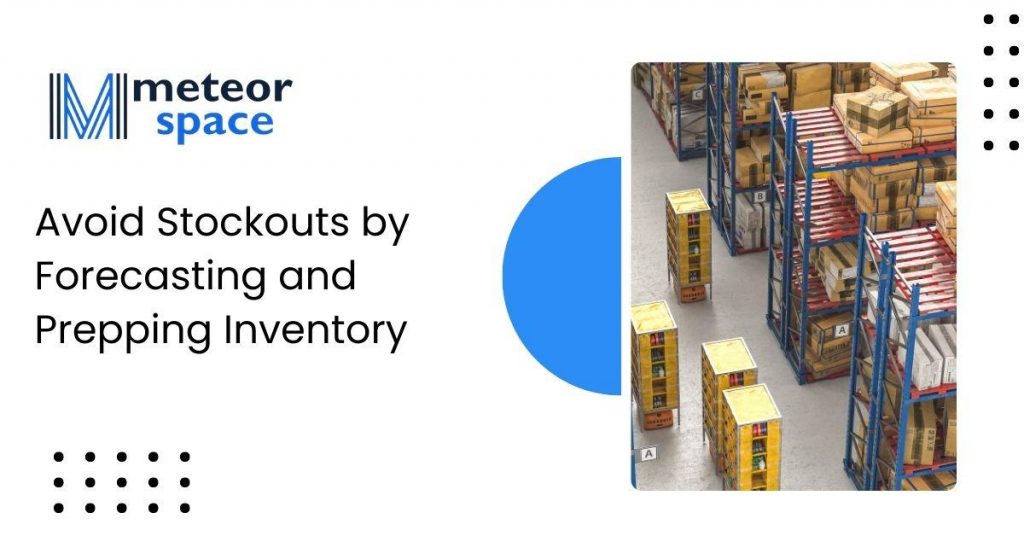
Inventory mismanagement is one of the top reasons for lost revenue during peak season.
Checklist:
- Review past year’s top SKUs
- Forecast with inventory heatmaps
- Buffer up stock for unexpected demand
42% of online shoppers abandon their cart when items are out of stock.
5. Leverage Dynamic Pricing to Maximize Revenue
Adjusting pricing based on demand, time, and competition can boost both conversion and profit margins.
Tactics:
- Use flash deals or volume discounts
- Apply urgency tactics (e.g., countdown timers)
Tool:
- Prisync for automated dynamic pricing
Dynamic pricing lifts conversion rates by up to 20%
6. Track Performance and Pivot Quickly
Use real-time dashboards to monitor sales, site traffic, and abandoned carts.
Top tools:
- Google Analytics 4
- Shopify Analytics
- Hotjar for user behavior
Companies that analyze campaign performance weekly see 18% higher returns
7. Organize Admin and Paperwork to Save Time
During peak season, even small errors in invoices or return processes can slow down your ops.
Solutions:
- Automate admin with QuickBooks
- Use templates for shipping and returns
- Store documents in Google Drive Business
Organized companies reduce admin errors by up to 30%
8. Manage Time Effectively to Prevent Burnout
Delegate smartly and avoid stretching your team thin. Build in downtime between shifts and automate where possible.
Use:
- Trello or ClickUp for task delegation
- Clockify for tracking hours
Structured time management boosts productivity by 25%
9. Build a Positive Team Culture to Maintain Momentum
Stress levels can spike fast—keep morale high with encouragement, team check-ins, and rewards for great performance.
Culture ideas:
- Gamify productivity (e.g., “fastest picker of the week”)
- Offer bonuses tied to KPIs
A positive environment boosts peak season performance by 12%
10. Outsource to a 3PL for Hassle-Free Fulfillment
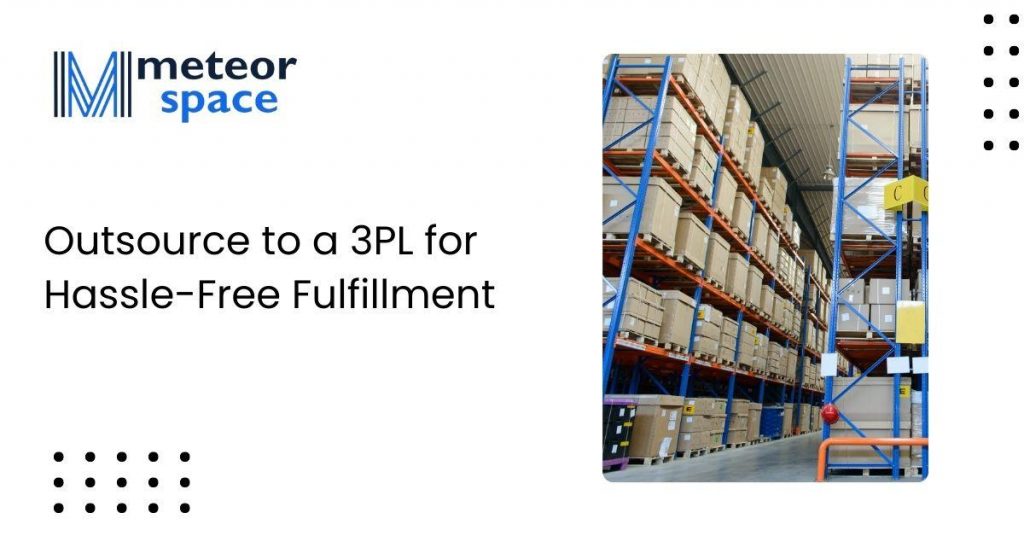
Want to scale without breaking your in-house systems? A 3PL like Meteor Space provides full-service ecommerce peak season fulfillment—from warehousing to delivery.
We handle:
- Inventory syncing
- Picking and packing
- UK-wide and EU shipping
- Returns management
80% of brands using 3PLs report better customer satisfaction and order accuracy during peak season
Related: Why Outsourcing Order Fulfillment to 3PL Saves Time and Money
Conclusion: Prepare Smarter, Scale Faster
The difference between a profitable peak season and a stressful one lies in preparation and delegation.
By training your team, optimizing backend operations, and leveraging the support of a trusted 3PL like Meteor Space, you not only meet the spike in demand—you lay the foundation for long-term growth.
Whether you are an emerging brand or an established retailer, now is the time to act. These ecommerce peak season tips will help you meet customer expectations, protect your brand reputation, and scale your business during the most lucrative time of the year.
Let Meteor Space Power Your Peak Season
Want a stress-free peak season? Let Meteor Space handle your fulfillment while you focus on growth.
Contact us today for a free strategy call and discover how our UK-based ecommerce fulfillment solutions can help you scale with confidence.
FAQs
Q: When should I start preparing for peak season?
A: Ideally, 2–3 months in advance. This gives you time to organize inventory, train staff, and test your systems.
Q: How can a 3PL help during peak season?
A: A 3PL takes care of warehousing, shipping, and returns so you can focus on scaling and customer experience.
Q: What if I cannot afford full outsourcing?
A: Many 3PLs like Meteor Space offer flexible packages during peak season—you can start with fulfillment only or scale as needed.
Q: What tools can help with ecommerce peak season planning?
A: Use Shopify Reports for trends, Klaviyo for automated emails, and Cin7 for inventory forecasting.
Q: How do I avoid burnout for my team?
A: Break large goals into weekly milestones, offer support, and rotate shifts. Recognizing small wins goes a long way.
Q: What should I include in my peak season checklist?
A: Staffing plan, marketing calendar, inventory forecast, fulfillment capacity, and contingency plans for delays.
Author:
Mishal Khan
Mishal is a dedicated copywriter and content writer with experience across various niches. Currently, Mishal is focused on writing guides and other compelling blogs on warehouse management, logistics and more, crafting engaging and informative content to help businesses understand and master their supply chain. Passionate about delivering quality content, Mishal aims to make complex topics accessible and enjoyable for all readers.
UPDATED ON: 25th April 2025

